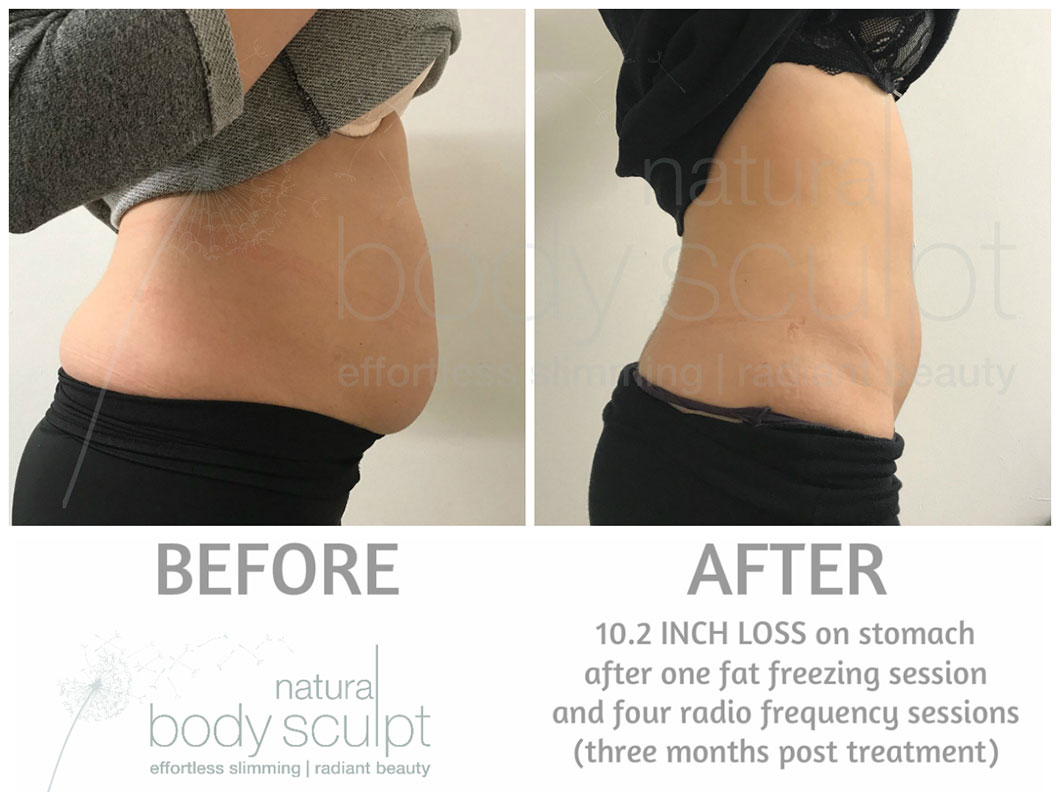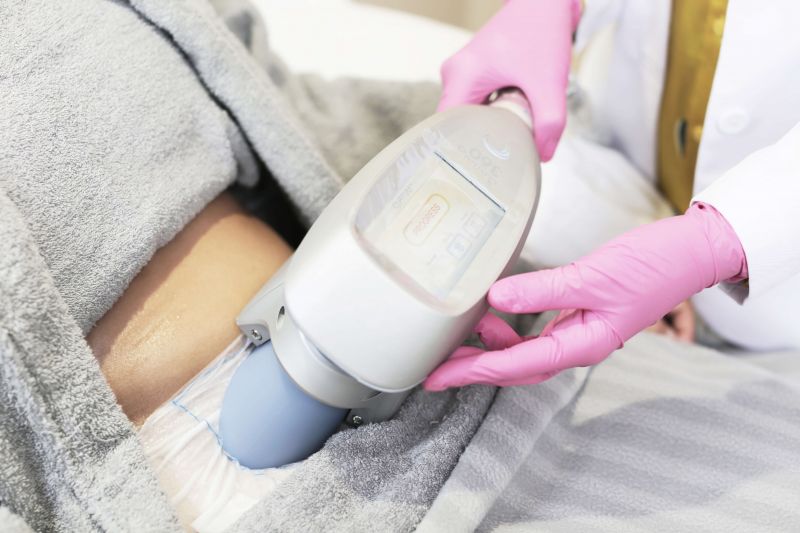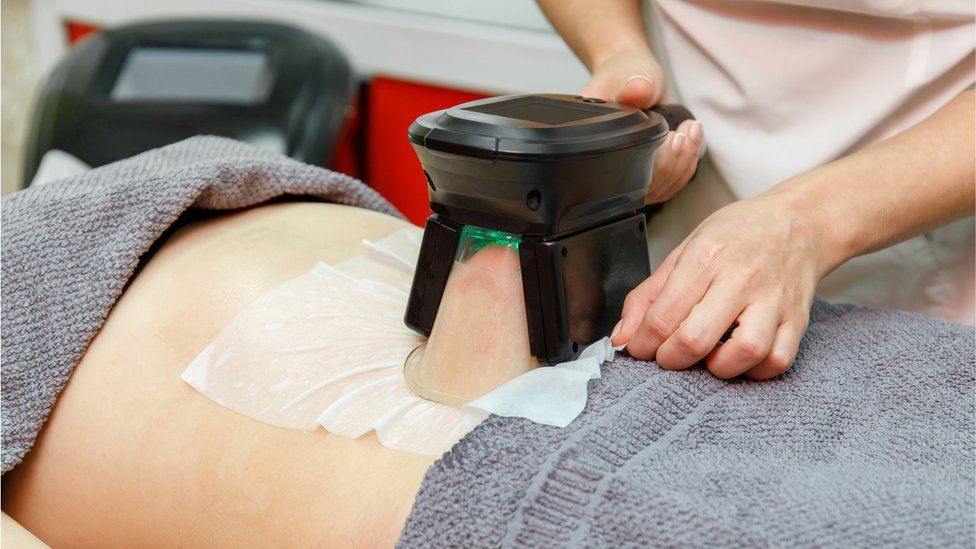Find Close-by Clinics Specializing in Cryo Fat Freezing for Ideal Outcomes
Wiki Article
Checking Out the Scientific Research Behind Fat Cold: How This Ingenious Treatment Aids Eliminate Persistent Fat Pockets Securely and Properly
The science of fat freezing, or cryolipolysis, presents a compelling technique to body contouring by targeting relentless fat deposits with a process of regulated cooling. This cutting-edge strategy precisely causes apoptosis in fat cells while keeping the integrity of surrounding tissues, hence providing a non-invasive choice to traditional fat decrease approaches. Recognizing the complex devices behind this treatment not only highlights its safety and effectiveness but also questions regarding its broader effects in cosmetic medicine. What aspects add to its success, and how does the body respond post-treatment?What Is Fat Cold?
Fat cold, additionally known as cryolipolysis, is a non-invasive cosmetic procedure designed to reduce local fat deposits. By precisely targeting and cooling down these fat cells, the treatment causes a procedure called apoptosis, in which the fat cells go through regulated cell fatality without harming the skin or other surrounding tissues.The procedure is usually done in a clinical setup and usually lasts in between 35 to 60 mins per therapy area. Clients can anticipate marginal pain, as the cooling sensation is often explained as tolerable but intense. Complying with treatment, the body gradually metabolizes and removes the taken shape fat cells over a duration of weeks to months, causing a visible reduction in fat thickness in the dealt with locations.
Fat freezing is especially appealing for individuals looking for to attend to persistent fat pockets that are resistant to diet regimen and workout. As a non-surgical option to liposuction, it provides a hassle-free option for those wanting to improve their body shape without the downtime related to intrusive procedures.
Exactly How Cryolipolysis Functions
Cryolipolysis operates on the fundamental principle of selective cooling to target and eliminate fat cells. cryo fat freezing. This non-invasive treatment utilizes controlled cooling to induce apoptosis, a natural procedure via which broken cells undergo programmed cell fatality. The modern technology specifically targets subcutaneous fat, which is the layer of fat beneath the skin, while maintaining surrounding cells such as muscle mass, nerves, and skin
The procedure can be carried out on various body locations, including the abdominal area, flanks, and upper legs. Notably, cryolipolysis is made to target localized fat pockets that are immune to diet regimen and workout, making it a preferred option for people seeking to improve their body shapes without medical treatment.
Benefits of Fat Cold
Fat freezing, or cryolipolysis, uses many advantages that make it an eye-catching choice for individuals looking for non-surgical fat decrease. One of one of the most remarkable advantages is its non-invasive nature, allowing patients to undertake the treatment without the need for anesthetic or lacerations (fat freezing). This results in marginal downtime, making it possible for people to go back to their day-to-day tasks nearly instantly after therapyFurthermore, fat freezing specifically targets stubborn fat pockets that are usually resistant to diet plan and workout, such as those found in the abdomen, thighs, and love takes care of. This targeted strategy can bring about recognizable reductions in fat in treated locations, making it an efficient solution for body contouring.
As the body metabolizes the frozen fat cells, individuals appreciate a much more refined improvement, which can enhance total complete satisfaction with the treatment. These features combine to make fat cold an appealing option for those looking to attain their aesthetic goals securely and effectively.
Safety And Security and Effectiveness
With its expanding appeal, comprehending the security and effectiveness of fat cold treatments is critical for possible candidates. Cryolipolysis, the scientific term for fat freezing, has been thoroughly examined and deemed a risk-free alternative to invasive procedures like liposuction surgery. The therapy specifically targets fat cells, which are extra at risk to cool temperatures than bordering cells. The treatment efficiently minimizes localized fat down payments without harming the skin or muscular tissue.Medical research studies have demonstrated that people experience minimal side effects, with one of the most typical being momentary soreness, swelling, or numbness in the cured location. These impacts normally deal with within a couple fat freezing treatment of days. In addition, the procedure is non-surgical, enabling clients to go back to their day-to-day tasks quickly after treatment.
Research shows that people can expect a reduction of up to 25% of fat cells in the cured area after a solitary session, with optimal outcomes noticeable within a couple of months. While results may vary based on individual circumstances, several find fat freezing to be a useful alternative for resolving persistent fat pockets.
What to Expect During Treatment
Throughout a fat freezing treatment session, patients can expect a systematic procedure developed to make sure comfort and performance. The procedure normally starts with an assessment, where the professional evaluates the client's goals and determines target locations for fat reduction. As soon as the treatment plan is established, the patient is positioned easily, and a gel pad is put on safeguard the skin.The fat freezing device is then positioned over the marked location. Individuals may really feel an experience of intense cool as the applicator cools down the underlying fat cells. This sensation typically subsides within a few mins as the area numbs. The treatment normally lasts between 35 to 60 mins, during which clients can loosen up, check out, or use their mobile tools.
Adhering to the session, clients could experience moderate adverse effects such as inflammation, swelling, or prickling in the treated location, which usually resolve within a few days. There is no downtime called for, allowing individuals to resume their day-to-day activities immediately. As the body slowly metabolizes the cured fat cells, clients can anticipate to see noticeable outcomes within numerous weeks to months, depending upon specific factors and the degree of therapy.
Conclusion

The scientific research of fat freezing, or cryolipolysis, provides an engaging method to body contouring by targeting relentless fat down payments through a procedure of regulated cooling. Fat freezing, likewise recognized as cryolipolysis, is a non-invasive cosmetic procedure developed to lower local fat deposits. By precisely targeting and cooling down these fat cells, the treatment generates a process called apoptosis, wherein the fat cells go through regulated cell fatality without damaging the skin or other surrounding tissues.

Report this wiki page